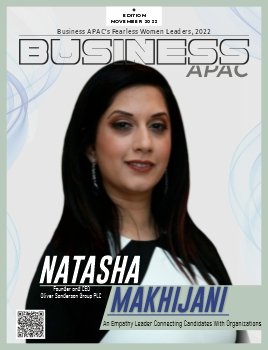Preparing for retirement can feel both exciting and overwhelming, and having a clear plan in place can make all the difference. A pre-retirement checklist serves as a vital tool to help you address the financial details that can otherwise be overlooked. From evaluating your retirement savings to understanding your healthcare options, a checklist provides structure for this significant transition. Many people wonder if they’ve saved enough, but it’s equally important to consider where and how your money is allocated. Preparing early and regularly checking off these key tasks can protect you from financial surprises in retirement. Let’s explore how a pre-retirement checklist can provide confidence and financial security for the future.
Assessing Current Retirement Savings
The first step in any effective pre-retirement checklist is reviewing your retirement savings. Take the time to understand where your money is and how it’s working for you. Many people contribute to 401(k)s, IRAs, and other retirement accounts but may not fully understand how these investments will support their lifestyle in retirement. Reviewing your contributions, returns, and overall portfolio can help determine if your savings are on track for your expected retirement age. If there’s a gap between what you have and what you need, this early assessment allows you to adjust your savings rate. Ensuring your retirement savings are on track is critical to enjoying life after you stop working.
Determining Future Income Needs
Knowing how much money you’ll need in retirement is another essential part of a pre-retirement checklist. Consider what your monthly and yearly expenses will look like once you’re no longer receiving a paycheck. Your lifestyle, healthcare needs, and any travel or hobbies you want to pursue can all affect your income requirements. It’s helpful to account for inflation and the rising costs of essentials like housing, food, and healthcare. You might consider consulting with a financial advisor to project your future income needs accurately. Once you have a clear estimate, you can start planning to ensure your savings will cover these needs comfortably.
Planning for Healthcare Costs
Healthcare often becomes one of the largest expenses in retirement, so preparing for it is critical. Medicare can provide significant coverage, but there are still out-of-pocket costs for things like premiums, copayments, and services not covered. A pre-retirement checklist should include researching Medicare options, understanding supplemental insurance, and setting aside savings for healthcare expenses. If you plan to retire before you’re eligible for Medicare at age 65, you may need to budget for private health insurance, which can be costly. Long-term care insurance is another consideration, as it can help protect your savings from the high costs of assisted living or nursing care if needed. Planning for healthcare costs in advance can shield your retirement savings from unexpected expenses.
Reducing Debt Before Retirement
Debt can heavily impact financial security in retirement, making it essential to address it as part of your checklist. Paying off high-interest debts, such as credit cards or personal loans, should be prioritized. For many people, a mortgage is their largest debt, and paying it off before retirement can relieve a major financial burden. If eliminating all debt isn’t feasible, restructuring or consolidating debt can make it easier to manage on a fixed income. Aiming to reduce or eliminate debt allows your retirement savings to go further and provides a sense of financial freedom. By tackling debt ahead of time, you’re better positioned to enjoy retirement without financial stress.
Establishing an Emergency Fund
Unexpected expenses don’t stop just because you retire, making an emergency fund essential. Ideally, an emergency fund in retirement should cover three to six months of living expenses to handle situations like car repairs, home maintenance, or sudden health issues. Since you may not want to dip into retirement accounts to cover these costs, having a liquid emergency fund provides peace of mind. Make sure these funds are easily accessible in a savings or money market account, where they can be withdrawn quickly. Building an emergency fund before retirement helps preserve your other savings, protecting you from having to make withdrawals during market downturns.
A pre-retirement checklist brings clarity, security, and confidence to your retirement planning process. By assessing savings, planning for future income, and preparing for healthcare costs, you create a strong foundation for the years ahead. Taking steps to reduce debt and build an emergency fund protects you from unexpected financial pressures. This organized approach helps ensure your retirement years are marked by financial stability rather than uncertainty. Working through a pre-retirement checklist allows you to enjoy the fruits of your hard work with peace of mind, knowing you’ve secured a strong financial future.
Also Read: Comparing the Best Retirement Plans in India: Which One is Right for You?




















